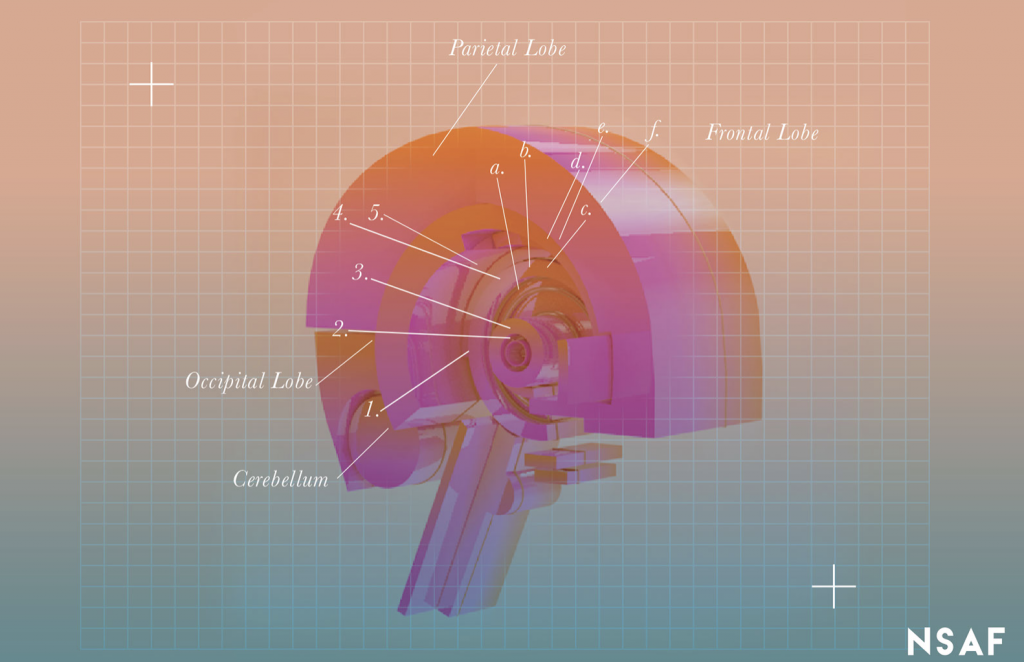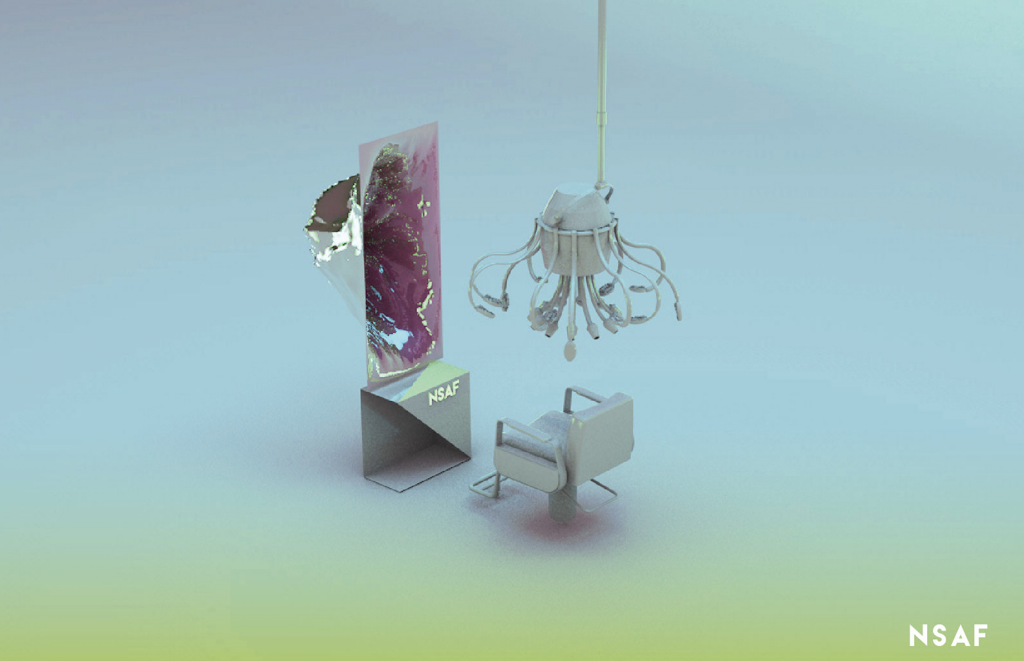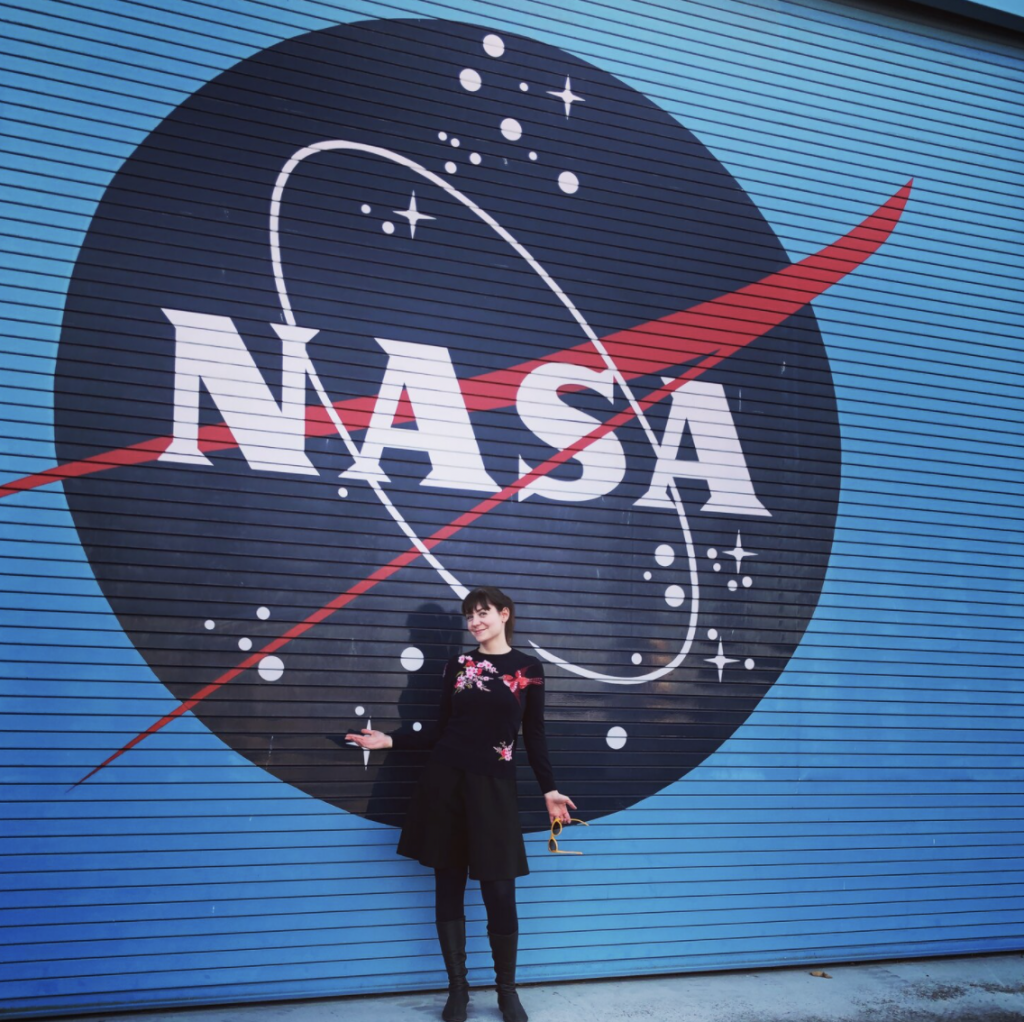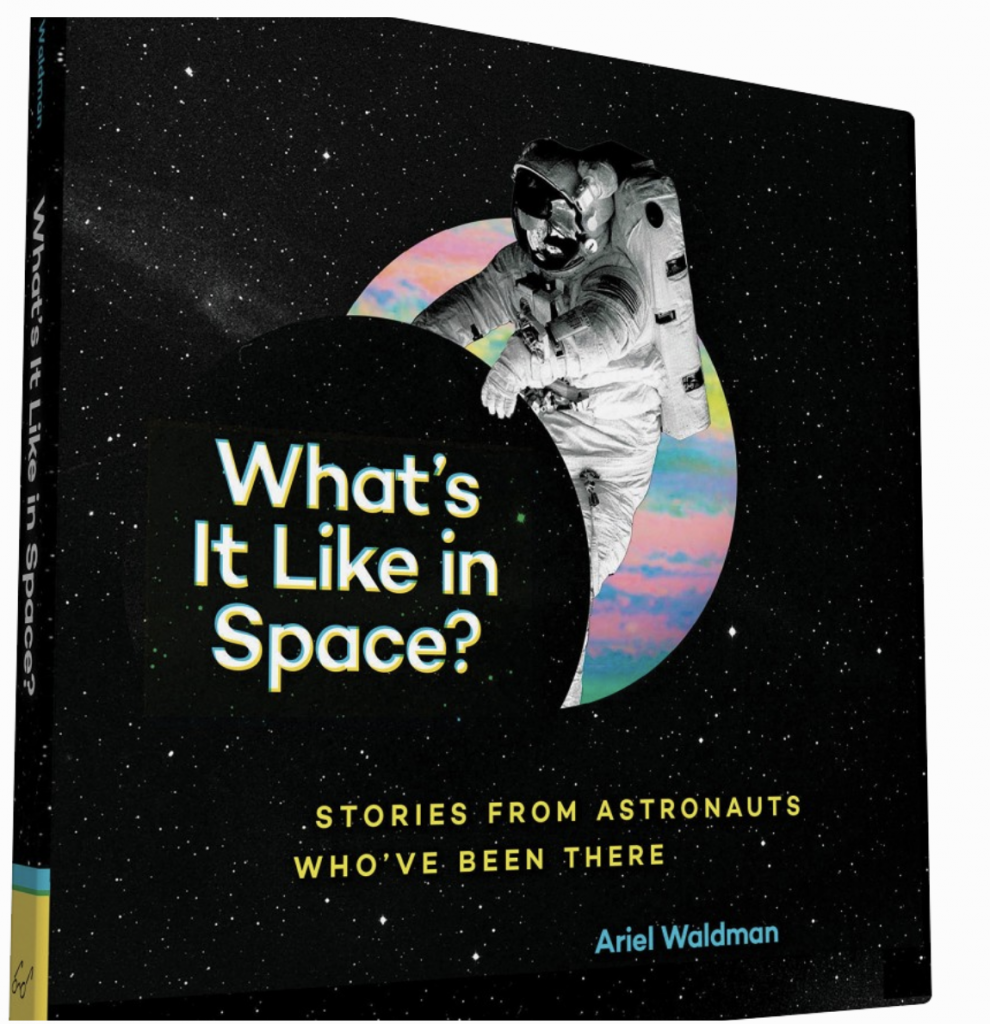Ariel Waldman enjoys collaborations between science and space exploration. After studying art in university, Ariel landed a job at NASA. Ariel’s goal is to teach others how to contribute to the fields of science and space exploration in innovative ways. Ariel is on the council for NASA Innovative Advanced Concepts. This program takes far out science-fiction concepts and tries to implement them to better future space travel and exploration. Ariel founded Spacehack.org, a home for ways to participate in space exploration. I admire her vision for the average person to be able to understand and participate in such a complicated field. Ariel created Spaceprob.es, a site that catalogs all active spacecrafts that orbit our planet and others in our solar system. Ariel is adamant that you do not need to know anything a field learn or enjoy it. Her presentation style is approachable and positive. All of her work after leaving NASA originally has been dedicated to helping people participate in science and space exploration.
Month: October 2020
Looking Outwards 08 – The Creative Practice of an Individual
Mariana Santos is a co-founder and CEO of Unicorn Interactive, an independent startup that focuses on storytelling through digital media. She worked as a director of animation and interactive at Fusion Media until 2016. She graduated from JSK Journalism Knight Fellowship at Stanford, working in major newsrooms across Latin America as a 2014 Knight International Journalism Fellow. Mariana Santos is a visual storyteller and a trained animator. She worked with a lot of newsrooms to create projects that convey datas as compelling stories through motion graphics. What I admire about Mariana Santos the most is that she leads design thinking in a multidisciplinary approach to storytelling. As a design major, I always realize how difficult it is to incorporate stories I want to convey visually. The way she combines design and storytelling into her work really shows not only what kind of designer and storyteller she is, but also shows who she is as an individual. Olympics 2012 in Numbers is an animation Mariana Santos worked on for theGuardian. For six months right until the Olympic Games arrived in London 2012, this video explores statistics and results about the Olympics and UK through data visualization. It’s interesting to see how numbers of statistics can be visually represented in such a way that it amazes me this animation was produced in 2012. She uses effective illustrations in parts that are necessary to enhance the quality of her storytelling, and her transitions are smooth so that it makes it easy for the audiences to read and understand the video. Also, she designed for a mobile first experience with responsive user design. This interactive design has all available information that can be seen and enjoyed in London during the Olympics Summer 2012. The fascinating part of this project is that it is an extension of storytelling and interactive design. Through her works, I learned the power of storytelling through visuals, and I hope to convey strong stories into my designs as well.
Mariana Santos’s Website: http://marysaints.com/
Olympics 2012 in Numbers video here

LO-08
I did some research on Mohit Bhoite, an engineer who specializes in taking two-dimensional circuits and expanding them into the third dimension. He holds a degree in robotics from the University of Pennsylvania, and currently works as a hardware engineer for the company Particle. His work involves creating functional sculptures using circuits, often built to be artistic and interactive, such as his handheld gaming console, which uses no screens, simply a button to register touch and an LED array to serve as a board for the game. His work is often simple and almost organic, and I find his creativity with usually very cold and “boring” objects to be refreshing. Bhoite’s presentation involves breakdowns of his work and his creative process, along with the challenge of translating circuits from a basic, flat object into a sculpture that is not only functional but also aesthetically pleasing. He goes into detail about the circuit design and how he makes them work, with many detailed diagrams and videos which he explains to the audience. I find his use of a presentation to be very effective even with very little information on the page. He relies more on high quality images and videos and his own explanation rather than simply having all his talking points on slides to be read.
LO: The Creative Practice of an Individual
Christina “Phazero” Curlee is an anti-disciplinary artist that focuses on game level and narrative design. She has a traditional arts background and almost two (one and 3/4ths) of degrees in fine arts. She is started primarily as a painter and installation artist and began working with video games around 2015. It is inspiring that she is self-taught in game design, 3-D art, and programming. She combines the elements from fine arts with game elements to develop her own style of game. Her art practice focuses a lot on participation and design in which games really aid in those elements. I think it is amazing how she represents the minority in the game industry, especially when it is a very masculine driven industry. She reaches out to those who are afraid of their own works are valid in the game world. It is inspiring for me to see that type of representation as I also want to pursue something in game design. She has the ability to communicate with her audience well and speaks to them almost as a friend. She reinforces the idea that the game industry is very young and there’s so much more in the game frontier that has not been reached. There is no limit and anything can be valid.
Christina “Phazero” Curlee: http://christinazero.com/
Looking Outwards: 08
Meow Wolf is an artist collective based in Santa Fe, New Mexico. The collective contains hundreds of members who work together to create large-scale, elaborate art installations. The two representatives of Meow Wolf at the 2019 Eyeo Festival, (Danny Bazo and Conor Peterson) studied various intersections of art and computers in college. For example, Peterson studied an Experimental Computer Art program at the University of New Mexico. However, many of the artists in the collective are architects, designers, writers, painters, etc.
Meow Wolf’s body of work consists of collectively designed and assembled installations that are themed around the existence of multiverses. I admire the way they work collectively, synthesizing each artist in the collective’s unique style and making it work with the piece at large. I admire these aspects of the collective’s work because it allows for a balance between individual expression and collective cohesion. My favorite project of theirs is the House of Eternal Return because it uses the frame of a banal American home and juxtaposes it against these fantastical, otherworldly realms.
Meow Wolf presents their work using photos of their work, both in progress and complete, videos of the artists interacting with each other and working on the art, and through illustrative graphics. I’ve learned to include process a lot more in my presentations.
Looking Outwards 08
Hyphen-Labs is an international team of women of color working at the intersection of technology, art, science, and the future. Through their global vision and unique perspectives, they are driven to create meaningful and engaging ways to explore emotional, human-centered, and speculative design. In the process they challenge conventions and stimulate conversations, placing collective needs and experiences at the center of evolving narratives. It was interesting for me to learn that Hyphen-Labs experiments in immersive, computationally-driven, large scale installations that combine conceptual art, design, and science. Because I was able to discuss about virtual reality from my other design course too, this team’s work caught my attention. I admire that they listen to their co-collaborators and use emerging technology in their recent projects, highlighting themes of privacy and surveillance through the lens of speculative design, objects, neuroscience, architecture, and virtual reality.
I especially liked their NSAF project because it wasn’t just about 3D but included everything like product design, virtual reality (VR), and social-psychological/cognitive impact/biometric/fMRI research. This was a project that showed me how different parts of the design can collaborate together. When creating this, they were inspired by the lack of multidimensional representations of black women in technology.
Looking Outwards : 08
Meejin Yoon is an architect and designer, and has been recently appointed as the Dean of Architecture at Cornell University. She graduated from the same with a Bachelor in Architecture, and then completed her graduate studies at Harvard’s GSD. Her work focuses on the intersection between space, technology, and materiality, and is most often acclaimed for its innovative and engaging characteristics.
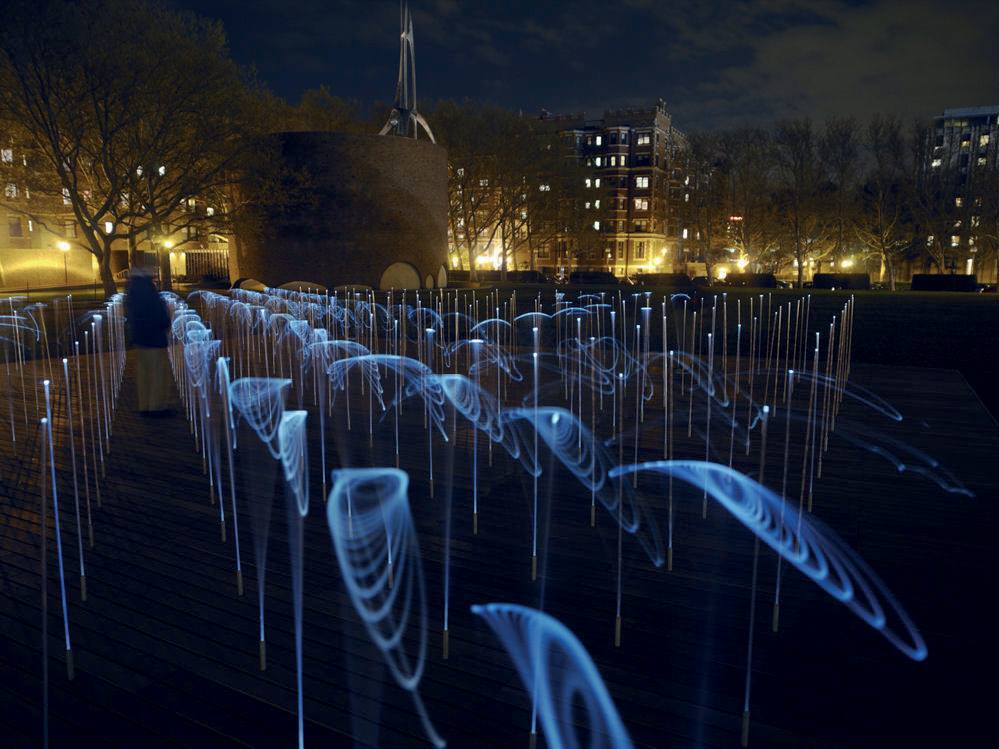
Yoon’s consideration towards public engagement in her projects, makes them more interactive as she prioritizes human engagement within different spatial qualities of architecture. Working at the intersection of architecture, art, landscape and technology, Yoon’s innovative and interactive light and sound installations across the United States for public spaces often incorporate alternative energy sources, therefore, putting them at the forefront of each of these fields.
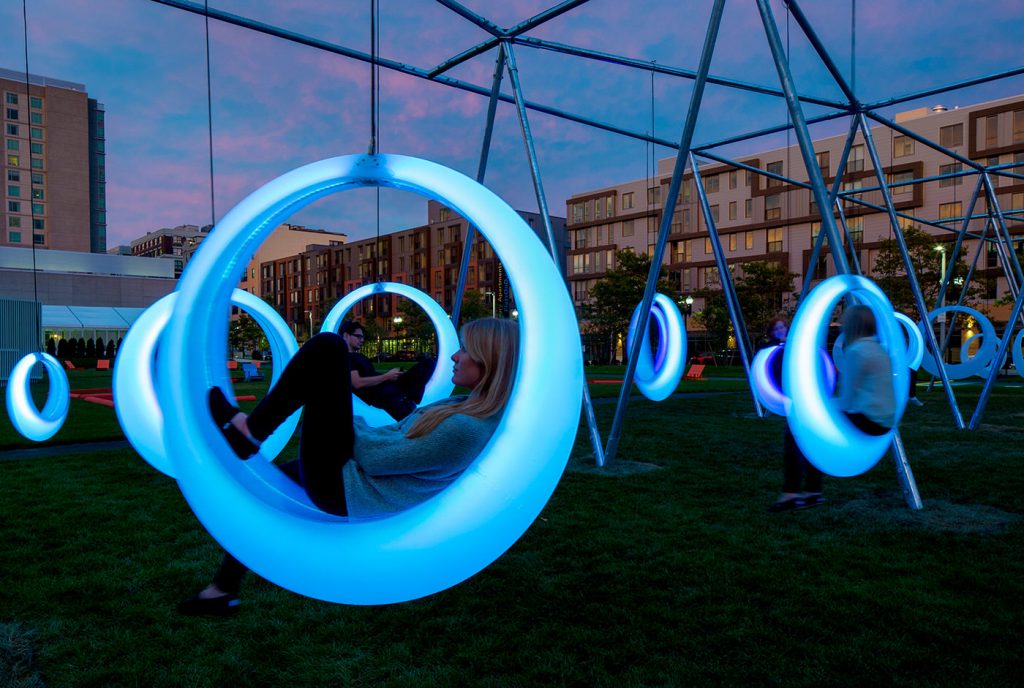
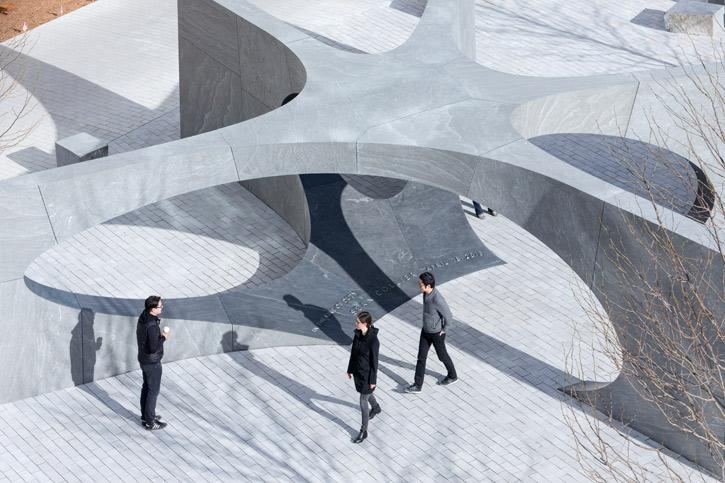
During her talk at the Eyeo Festival, she focuses on her projects regarding interactive public spaces– especially topics such as responsive and interactive technology, smart materials, and the public engagement process. As an Architecture student myself, I found her talk interesting as she began to break down these vast topics into simpler bits, focusing primarily on projects which utilize technology in depth. Examples of her own work and the process she used as well as the iterations made, helped clearly explain her design objectives.
Looking Outwards – 08 – Creative Practice
Daniel Shiffman was born in Baltimore, Maryland. He studied Mathematics and Philosophy at Yale University. Currently, he works an an Associate Arts Professor at NYU’s Tisch School of the Art. He is also a director of The Processing Foundation, whose mission is to make software literacy in visual arts accessible to people from diverse backgrounds and interests. He has published his own books on processing as well as uploaded many programming-related videos on his YouTube channel.
I find it incredibly admirable that he takes his passion in programming and works to share it with others around the world, whether it be through teaching, writing, or creating videos. I admire his project called The Unicorn Race, not only because it was coded live on stage at Eyeo 2019, but because it is interactive. The game recognizes custom objects and sounds, gets the audience involved, and even broadcasts images to the world after the game is over.

Shiffman is knowledgeable in his field, yet he simultaneously presents himself in a very personable, humble way. He interacts with his audience while he presents and tries to make them laugh as well. This makes his work easier to follow along because he shares his thought process out loud, keeping his audience focused. This made me reflect on how I could present my own work more effectively by engaging my audience and articulating my thought process.
LO – 08 – Individual Practice
Lauren McCarthy is a computer programmer and artist who often uses her knowledge of coding and computers to pose interesting interactions with both entities as they intersect. I admire the way that she uses her knowledge of two different worlds to create a valuable commentary on both of them. She actually created P5.JS, which I didn’t know until after that I watched her lecture. I found her work very admirable because she knows enough about both human behavior and computer behavior to push both to their boundaries of discomfort. I love how with her project ‘Follower’, she creates an almost-normal service that has just enough dissonance from an acceptable service to allow for unexpected discoveries.
https://lauren-mccarthy.com/Info
Her work always depends heavily on the pragmatism of computers in order to contrast the fickle nature of humans. I admire how there seems to be a whimsical element to her work, it is almost as if her experience with computers has taught her to embrace her human volatility. Ultimately, I admire how she uses technology to create socially, emotionally, and even physically uncomfortable situations that challenge conventional ideas of how computers and humans exist beside one another.
LO – 08 Individual Creative Practice
Iris Yip
15-104 Section D
Looking-Outwards
VIMEO VIDEO: UNEXPECTED SPACE EXPLORATION
For this week, I looked at Ariel Waldman’s works, the founder of Spacehack.org, and a multidisciplinary artist who works as the chair of NASA’s Innovative Advanced Concepts Program council. A lot of her work explores the creative side of science and advocates for accessibility on the topic of space exploration and other interesting scientific topics.
The thing I personally admire about her most is her background as an art student and her continued mission to bridge the gap between more stem-oriented and artistically oriented practices in her work.
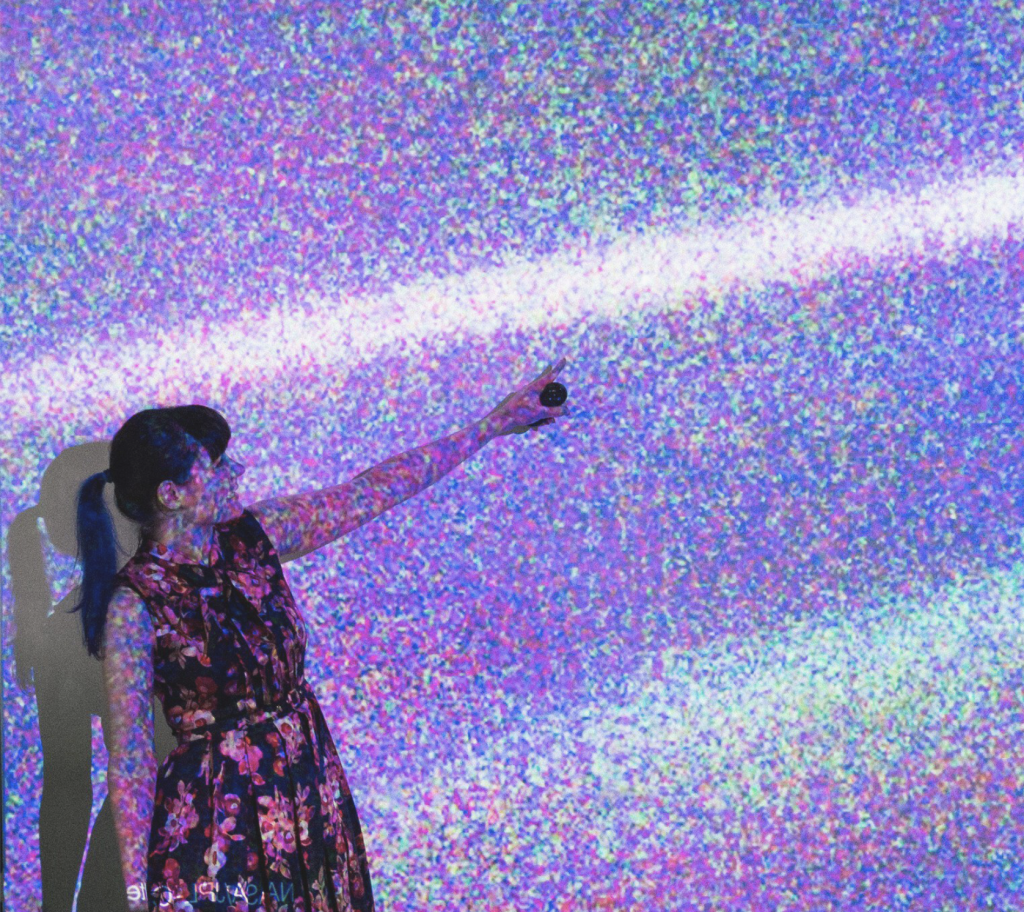
She also intentionally portrays herself as more approachable, especially seen in her youtube videos (which are done professionally but also with a casual tone) that fall in line with her general philosophy of making a traditionally more serious topic more whimsical and less rigid. One of the works of hers that caught my eye was her 2018 EYEO presentation, UNEXPECTED SPACE EXPLORATION. She goes into depth to take about her work at NASA that specifically works to foster more creative and “sci-fi-esque” ideas that could potentially work to transform future missions.
![[OLD FALL 2020] 15-104 • Introduction to Computing for Creative Practice](../../../../wp-content/uploads/2021/09/stop-banner.png)
